Mahashivratri, ‘The great night of Lord Shiva’, is much more than a religious festival—it’s a doorway to Moksha or liberation.
But how?
This sacred night, observed with intense devotion and spiritual spirit, is believed to be a time when the veil between the physical and the spiritual realm thins, allowing us a closer connection to Mahadev Shiva’s divine energy.
But how does Mahashivratri help us on the path to Moksha? Let’s explore this deep intense connection.
Understanding Moksha: The Ultimate Goal
Moksha is the ultimate goal of human life in Hindu philosophy, representing the release from the cycle of birth and rebirth, known as Samsara. Achieving Moksha means attaining unity with the divine and being freed from all worldly attachments and sufferings. Lord Shiva, as the supreme ascetic and the destroyer of illusion, is the perfect guide on this path. With his blessings, one can get the blessings of salvation and detachment from Moh, Maaya, Greed, Lust, Spiritual bondages, etc.
The Significance of Mahashivratri in Attaining Moksha
On Mahashivratri, devotees stay awake all night, chanting mantras like “Om Namah Shivaye” and engaging in meditation. This practice is not just a ritual; it’s a powerful spiritual tool that aligns us with the cosmic rhythms, cleansing the soul and purifying the mind. It is believed that by dedicating oneself fully to Shiva on this night, one can inch closer to liberation, and know oneself better with awakened consciousness.
- Fasting: Observing a fast on Mahashivratri is symbolic of detachment from worldly pleasures, an essential step toward Moksha.
- Chanting Mantras: The vibrations from Shiva’s mantras help elevate the soul, guiding it toward higher consciousness.
- Meditation: On this night, meditation is said to be a thousand times more effective, making it a golden opportunity for spiritual seekers.
How Shiva Leads Us to Moksha
Shiva, as the destroyer of ignorance and ego, plays a central role in the journey toward Moksha. His third eye symbolizes the inner vision that goes above and beyond ordinary perception, showing us the truth beyond the material world.
- Destruction of Ego: Shiva teaches that the dissolution of the ego is necessary for Moksha. His dance, the Tandava, represents the destruction of the universe’s illusion, which paves the way for renewal and liberation.

- Renunciation: Shiva is the eternal ascetic, He is the embodiment of renunciation, a key principle in achieving Moksha. By following his detachment, we can learn to let go of material desires and be an awakened detached soul even while fulfilling all our duties(dharma & karma).
Rituals and Practices on Mahashivratri for Moksha
- Abhishek: Performing the sacred bath of the Shivling with water, milk, honey, and other offerings is believed to purify the devotee’s karma, and as we all know that ‘Abhishek’ is said to be that one ritual as per our Shastras, which if done with the purest intent, pleases Mahadev like nothing else.
- Lighting Lamps: The light signifies the triumph of knowledge over ignorance, guiding the soul towards Moksha.
- Devotional Singing: Singing bhajans and hymns in praise of Shiva invokes his grace, filling the heart with devotion and paving the way for liberation.
- Wearing Rudraksha & Meditating: Wearing Rudraksha enhances one’s aura, and aligns one’s chakras, along with rectifying the blood flow, repelling the negative energy, filling one with positivity and awakening senses along with improved intuition.
Chanting or Meditating while wearing Rudraksha is said to bestow one with immense powerful energy and blessings that awakens our spiritual self and takes one towards self-consciousness.
Personal Reflection: Mahashivratri as a Gateway to Inner Peace
Many devotees have shared personal stories of transformation during Mahashivratri. It is a night that calls for deep introspection and surrender to Shiva, who, as Adi Yogi, offers the ancient wisdom needed for spiritual growth.
Conclusion: Mahashivratri – A Step Closer to Liberation
Mahashivratri is not just a night of worship but a deep spiritual opportunity. By immersing in the practices of devotion, fasting, chanting, and meditation, we align ourselves with Shiva’s energy, taking significant strides on the path to Moksha. Whether through devotion or self-reflection, Mahashivratri brings us closer to the divine, helping us transcend the physical and move toward eternal liberation–MOKSHA.





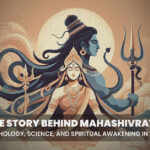






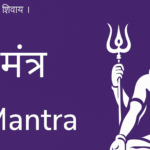


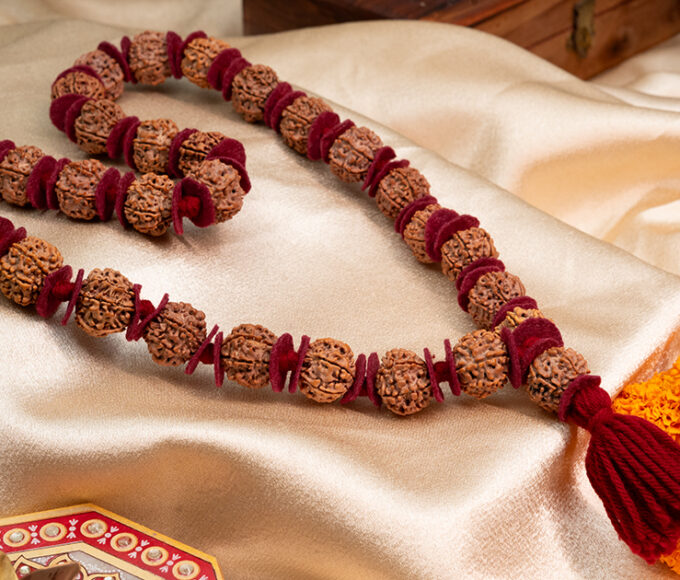
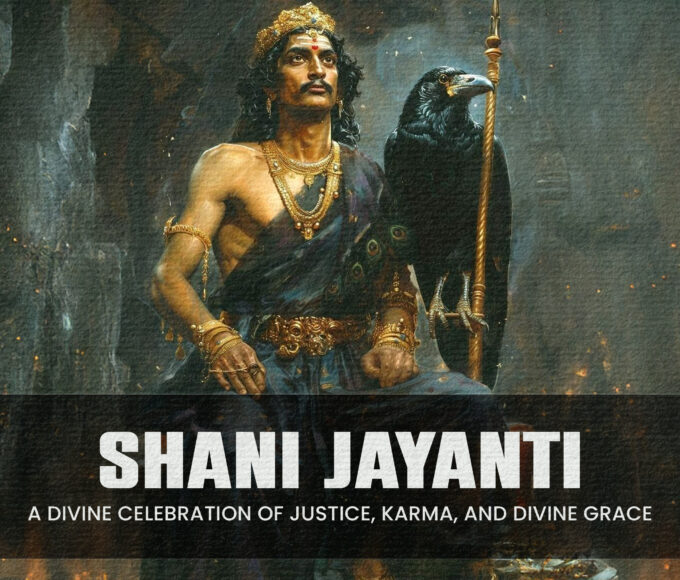
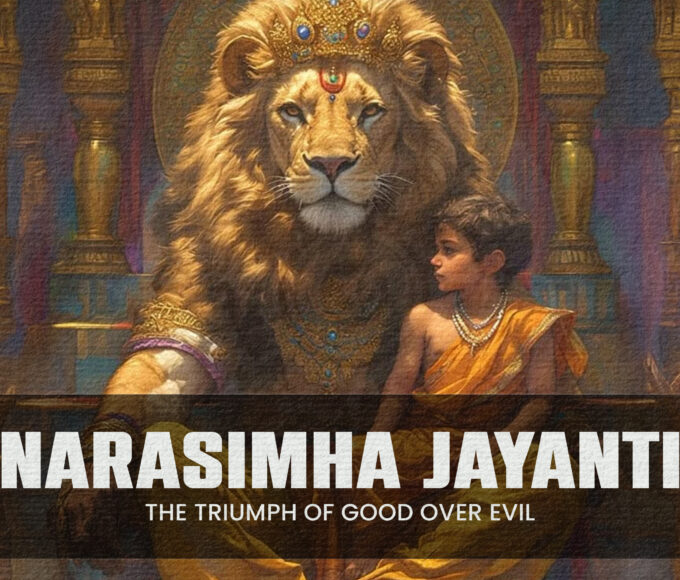
Leave a comment